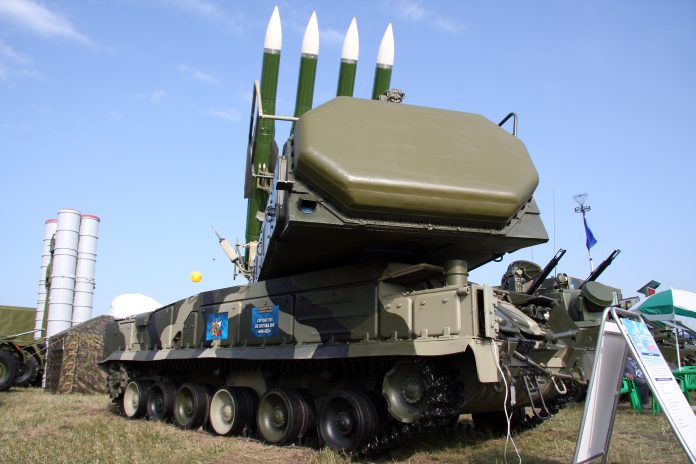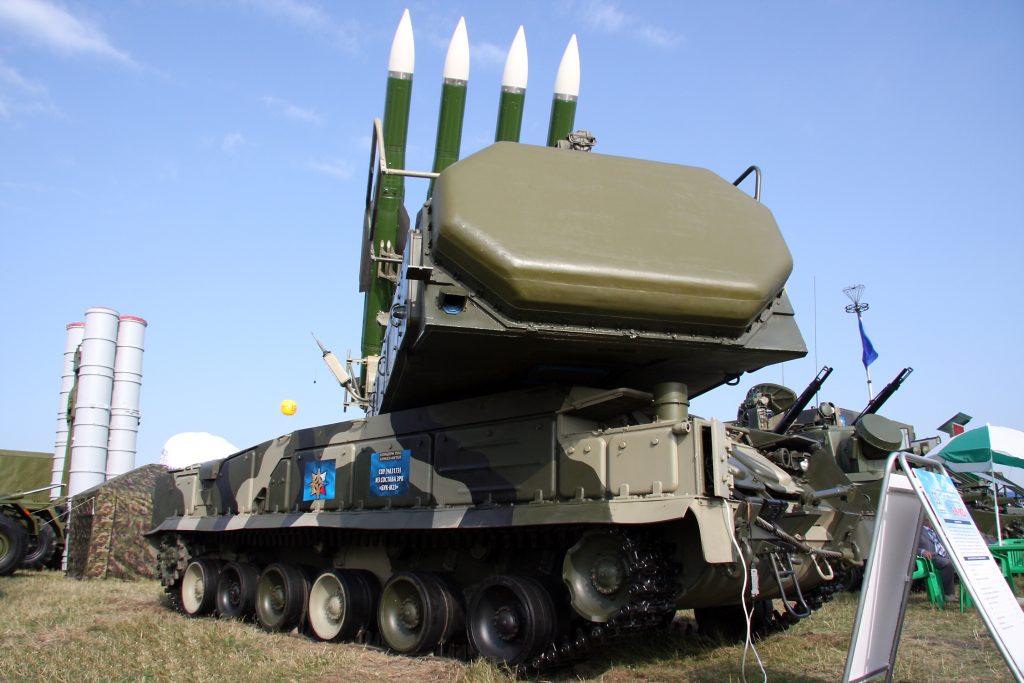
War with Venezuela? Not quite, but the most recent moves on both sides suggest the Caribbean is entering its most dangerous military standoff in a generation. While Washington readies one of the largest naval and air contingents in the region since the Cold War, Caracas quietly fortifies the skies with Russian-built missile systems capable of posing a challenge to even the most advanced U.S. aircraft.
Of course, the deployment of the Buk-M2E surface-to-air missile system around Caracas is more than symbolic it is a particularly well-considered step in its anti-access/area denial-or A2/AD-strategy, one directly complicating US operational planning. This is, in fact, a rare case study for the defense analyst: how a mid-tier military power uses mobile, high-tech air defenses against overwhelming adversary firepower.
What follows is an overview of the major developments, capabilities, and strategic implications for Venezuela’s newest air defense posture and what that means vis-à-vis the growing U.S. military presence in the Caribbean region.

1. Buk-M2E: The New Cornerstone of Caracas’ A2/AD Shield
Today, the SA-17 Grizzly/Buk-M2E forms the backbone of Venezuelan medium-range air defenses, with deployments around the capital to cover command-and-control nodes and extending out into southern Caribbean air corridors commonly used by the U.S. forces. Individual wheeled launchers are each equipped with 9M317E missiles featuring active terminal-phase guidance against targets out to 45 km range and up to 25 km in altitude, including fighter aircraft, drones, guided bombs, and cruise missiles.
It is in itself a force multiplier since it implies that launchers can be repositioned by their mobility in minutes and therefore complicate US SEAD operations. This fills part of the gap between point-defense weapons and at longer-range S-300VM batteries with overlapping kill zones binding opponents to constant threat.
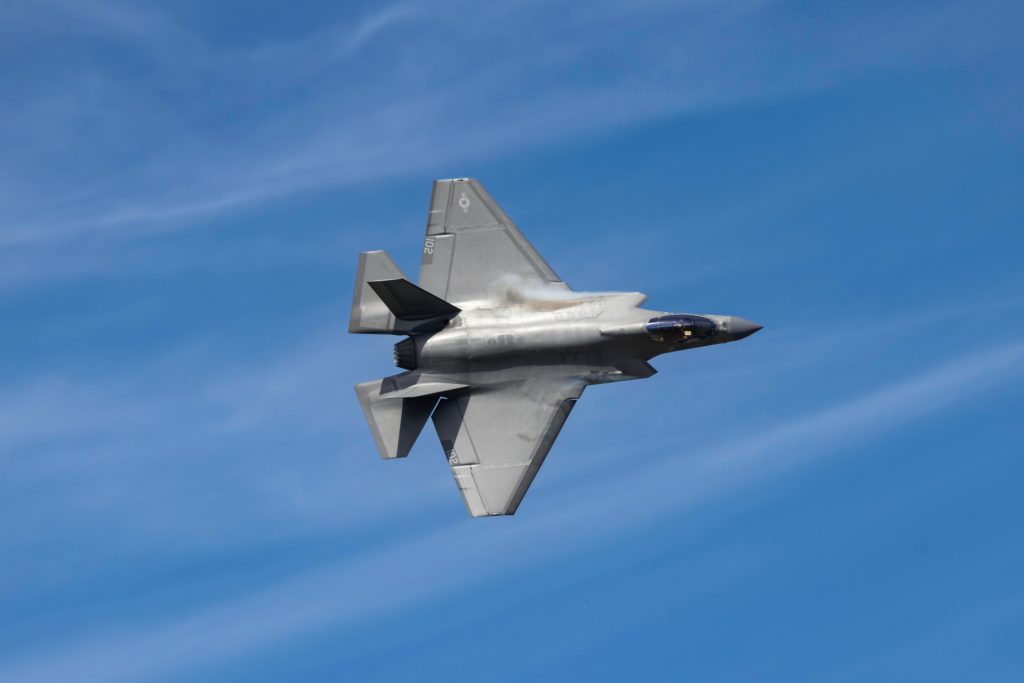
2. Radar Suite: Layered Detection and Engagement
Overall, the Buk-M2E depends on its radar pairing: the 360-degree scanning 9S18M1-3 Kupol surveillance radar is able to detect fighter-sized targets out to a range of 150 km and low-flying threats as low as 15 meters, while the directly mounted 9S36 fire-control radar, once a target has been identified, can track targets out to 70 km, guiding missiles with phased-array precision and high resistance to jamming. This would be attributed to early warning and quick engagement provided by the dual-radar approach against even fast and maneuvering aircraft. This would, in U.S. planners’ terms, translate into the intermittent tracking of stealth aircraft, such as F-35s operating within engagement zones, hence eroding whatever advantage of low observability exists.
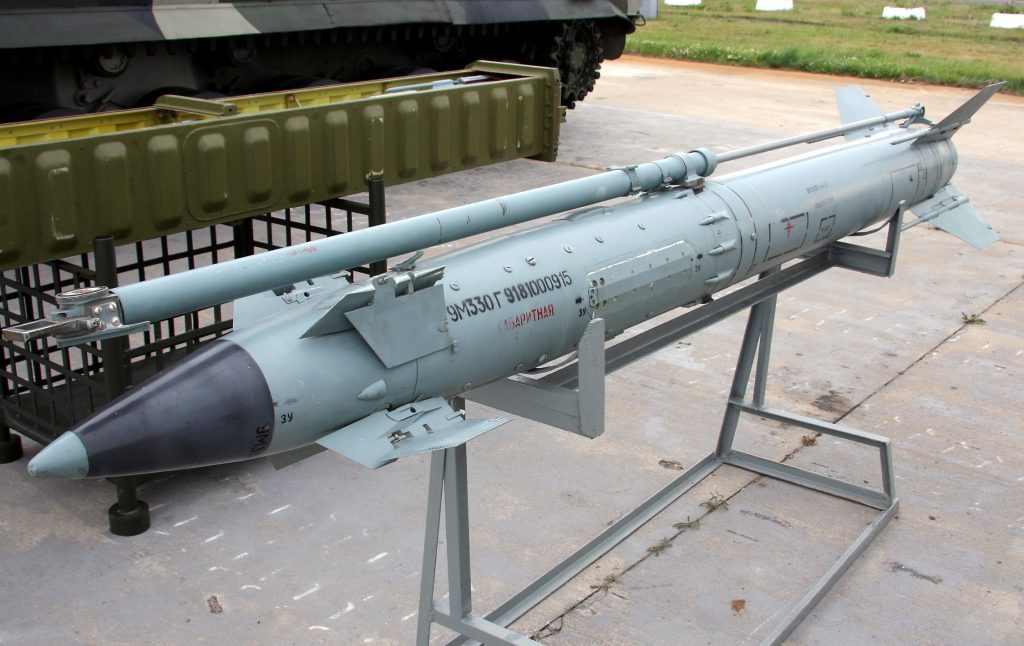
3. Threat to U.S. Air and Missile Assets
The radar-guided missiles of the Buk-M2E even reach high-performance aircraft performing evasive maneuvers in conditions of electronic warfare. Even low-flying Tomahawk Land Attack Missiles that rely on terrain masking are susceptible, too, since the system is able to detect targets just 15 meters above the ground. Those deployed along coastlines or near other critical infrastructure could, in their terminal phase, intercept cruise missiles. This may, in turn, blunt the potential for U.S. precision strike campaigns launched from carrier groups or bases in the Caribbean.

4. Integration into Larger Venezuelan Air Defense System
Also forming part of the Venezuelan inventories are long-range S-300VM systems, modernized Pechora-2M medium-altitude SAMs, and thousands of Igla-S MANPADS. The multi-layered layout provides strategic denial, medium-range coverage, and short-range point defense. Although parts of this network have degraded through sanctions and lack of maintenance, the system’s mobility and redundancy complicate adversary targeting. Integration with modern radars can often force an attacker to spend valuable, costly munitions on suppression before striking primary objectives.

5. Military Support from Russia and Risk of Escalation
Moscow is one of the main suppliers most recently, according to Russian lawmaker Alexei Zhuravlev, it has supplied Pantsir-S1 and Buk-M2E systems, delivered on Il-76 transport planes. He even went so far as to hint that, in due course, further transfers of other additional long-range strike arms could be possible-the Kalibr cruise missile or the Oreshnik IRBM, systems which would place the US bases as far away as the Caribbean and even parts of the continental United States under threat. Constrained as it is, both by logistics and production, the political signal could hardly be clearer: Russia is ready to raise the ante if US pressure on Caracas should be ratcheted up further.

6. US Force Build-Up in the Caribbean
The impressive US contingent assembled for the exercise includes the USS Gerald R. Ford Carrier Strike Group, several Arleigh Burke-class destroyers, one fast-attack submarine, and amphibious assault ships carrying forward-deployed Marine Expeditionary Units, while air assets include F-35B stealth fighters, AC-130 gunships, P-8 maritime patrol aircraft, and MQ-9 Reaper drones. It is optimized for maritime interdiction and precision strikes ashore, thus allowing Washington to ratchet up operations from counter-narcotics operations to direct attack against Venezuelan military infrastructure.
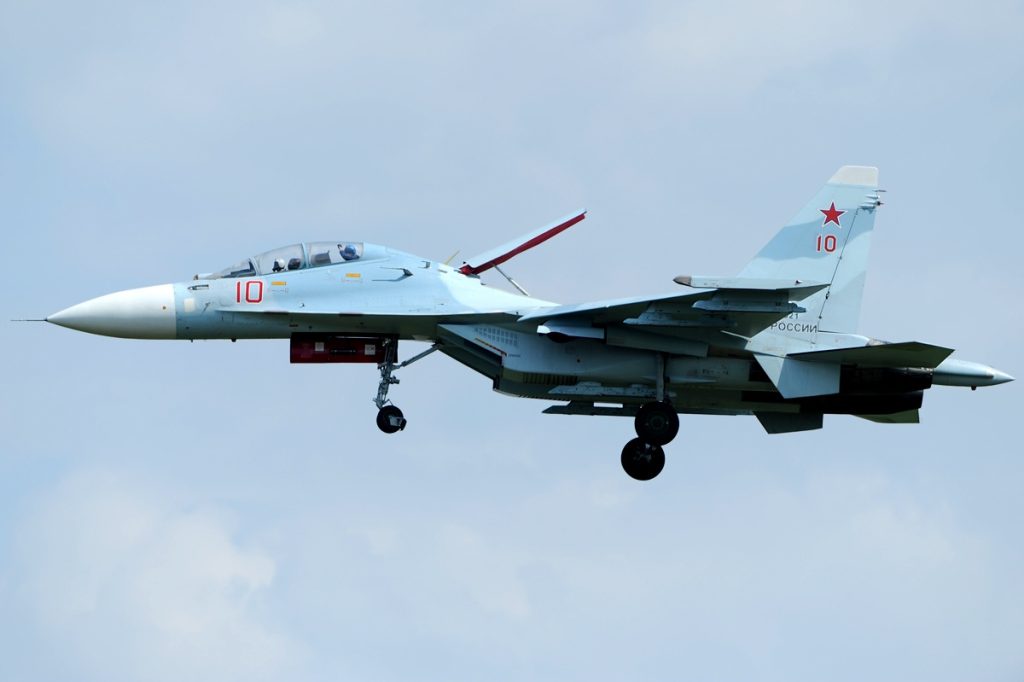
7. Venezuelan Air Force Capabilities and Limits:
The Venezuelan fighter fleet is anchored by roughly two dozen Su-30MK2 Flankers capable of beyond-visual-range engagements with R-77 missiles and anti-ship strikes with Kh-31A missiles. However, the number of operational planes is very low it is estimated that only a fraction of those are flightworthy because of shortfalls in maintenance. Aging F-16A/Bs remain in service but lack modern missile systems. Consequently, the air defense network itself has become the main deterrent against U.S. air incursions.

8. MANPADS and Short-Range Defenses:
Venezuela declares ownership of up to 5,000 Igla-S MANPADS emplaced at various key locations. Such weapons pose minimal threat to high-altitude jets but do threaten helicopters and low-flying drones, especially during special operations insertions. Medium-range systems such as ZU-23-2 autocannon and Pechora-2M SAMs would layer point defenses to make an attacker fight his way through multiple engagement envelopes in low-level approaches.
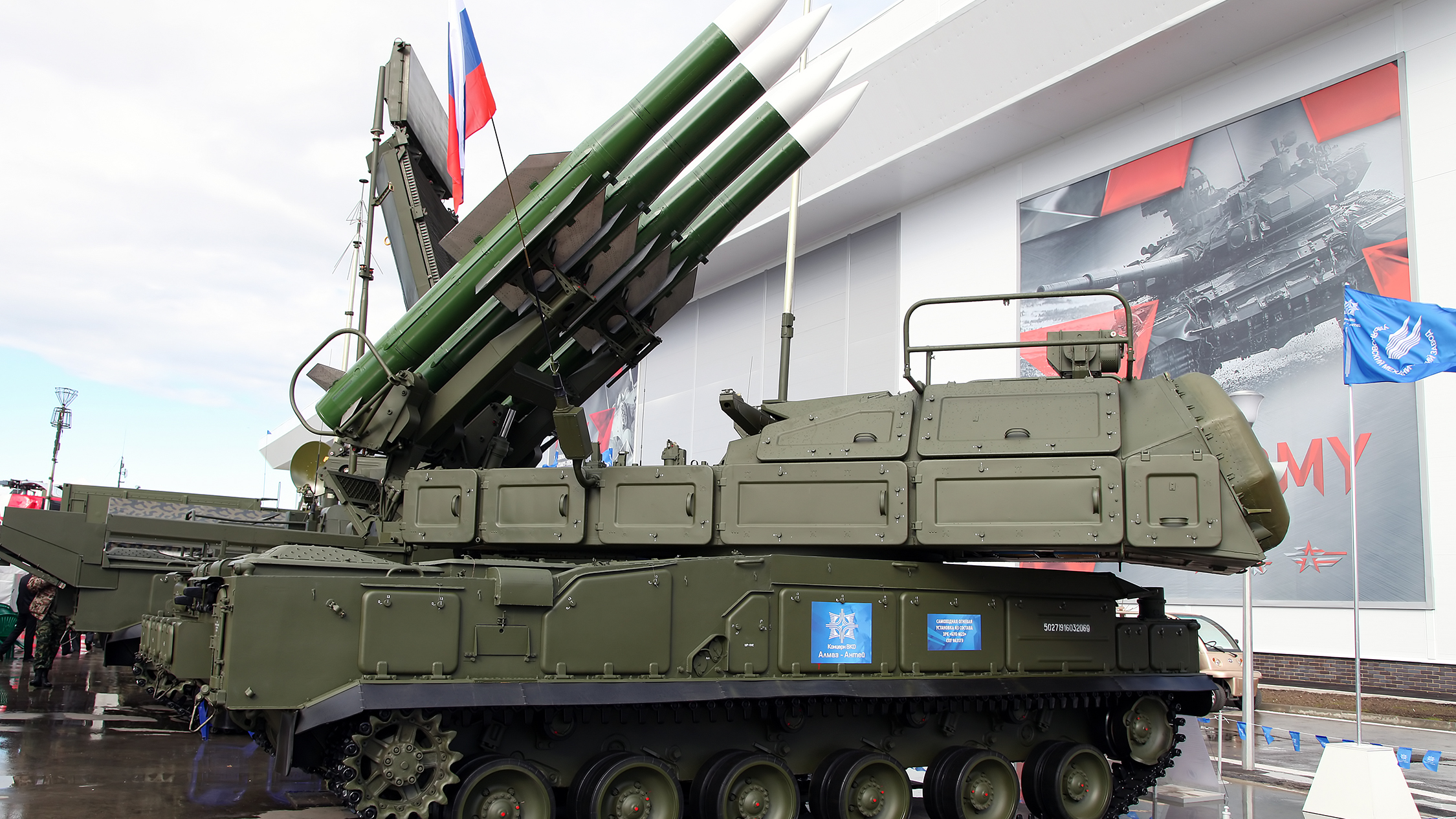
9. Strategic Implications for U.S. Operations:
The American strike campaign against Venezuela would most likely open with SEAD missions against radar and SAM sites, with Tomahawks, electronic warfare, and stealth aircraft leading. Mobility and radar coverage would enable the Buk-M2E to survive initial waves, necessitating persistent ISR and follow-on strikes. This operation against Venezuela is more expensive and complicated because the political decision-making in Washington would be as important as tactical execution in the theater.
This is not some game-changing capability of the Venezuelans in matching U.S. firepower but is, in fact, an important move toward raising the threshold of operational and political intervention. Integrating mobile and capable air defenses within a layered network, Caracas obliges Washington to consider higher risks, longer timelines, and greater resource commitments, thereby transforming what might have been a rather straightforward strike campaign into a much more complex strategic equation.
